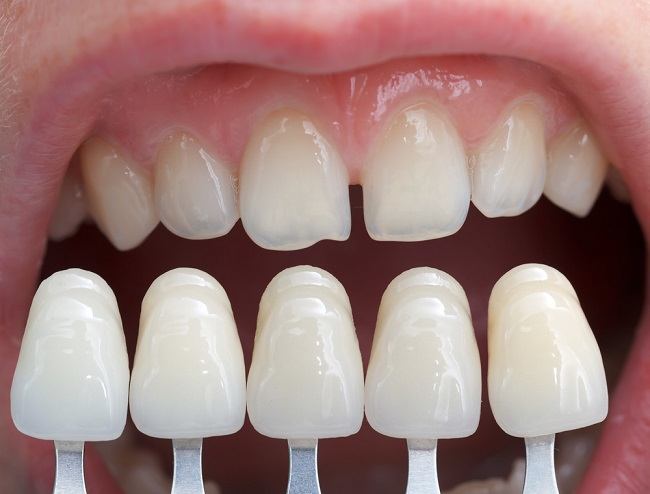Despite having almost similar symptoms, headaches due to sinusitis and migraines are still different. The handling steps are not the same. Therefore, you need to know the difference between sinusitis and migraine symptoms so you don't take the wrong steps in treating them.
Headaches are a common symptom of sinusitis and migraines. Sometimes, the symptoms of headaches due to sinusitis and migraines can be similar, so many people are not able to recognize the difference between the symptoms of the two diseases.

However, headaches due to sinusitis and migraines still have their own characteristics. Therefore, it is important to be able to recognize the symptoms of these two diseases so that the complaints that arise can be treated appropriately.
Symptoms of Headaches Due to Sinusitis
Complaints of headaches that arise due to sinusitis or migraine generally have almost the same characteristics, namely pain in the head and usually appears in the forehead.
In addition, both sinusitis and migraine can also cause complaints in the form of itchy and watery eyes, the head hurts more when moving, and pain behind the eyes or temples.
To be able to tell the difference, there are several characteristic symptoms of headaches due to sinusitis, namely:
1. The pain gets worse when bending over
Headaches due to sinusitis usually get worse or worse when the sufferer bends down or gets up from bed. Pain in the head due to sinusitis can also get worse when the face and forehead are pressed.
Sometimes, the pain can be worse in the morning, then improve in the afternoon or evening. Meanwhile, migraine headaches usually appear suddenly.
2. More sensitive to weather
People who suffer from sinusitis will usually experience a recurrence of symptoms when in humid and cold places. Such environmental conditions can also make the symptoms of headaches due to sinusitis feel worse.
In addition, headaches that arise due to sinusitis are often accompanied by symptoms of a runny nose or nasal congestion that do not go away for 7-10 days.
3. Accompanied by fever
Sinusitis can be caused by a bacterial infection. In addition to headaches, sinusitis can also cause other symptoms, such as fever, thick mucus discharge from the nose, impaired sense of smell, and bad breath. These symptoms are generally not experienced by sufferers of migraine headaches.
To treat headaches caused by sinusitis, doctors will prescribe several types of drugs, such as pain relievers and decongestants. To treat sinusitis caused by a bacterial infection, your doctor may prescribe antibiotics.
In addition, the doctor will also rinse the nose and sinus cavities to relieve the symptoms of sinusitis. If various steps for treating sinusitis do not work with your symptoms, your doctor may suggest surgery.
Characteristics of Headaches Due to Migraine
Headaches due to migraines have slightly different characteristics from headaches due to sinusitis. The following are some of the characteristics of headaches caused by migraines:
1. Nausea and vomiting
Headaches caused by migraines are usually accompanied by nausea, vomiting, and the eyes become more sensitive to light. These symptoms can appear some time before the migraine headache appears or recurs.
2. Impaired vision
Headaches due to sinusitis can subside with rest, while migraine headaches sometimes don't get better with just enough rest.
Some migraine sufferers also often experience headaches that get worse and are accompanied by other complaints, such as impaired vision or easy glare. When headaches due to migraines recur, sufferers will find it difficult to move.
3. One-sided headache
This is one of the hallmarks of migraine headaches. In contrast to headaches that are generally felt on the face, forehead, or back of the head, migraine headaches usually feel throbbing and only appear on one side of the head.
In contrast to sinusitis, the treatment of migraine headaches not only aims to relieve symptoms, but also prevents migraines from recurring. Migraine treatment is also important to reduce the frequency, severity, and duration of symptoms.
In mild migraine conditions, painkillers, such as paracetamol or ibuprofen, are usually used to reduce headaches that appear. However, if it is severe, migraine sufferers usually need to get migraine symptom relievers prescribed by a doctor.
Headaches from sinusitis and migraines can be similar and difficult to distinguish. If you still can't tell the difference or have frequent headaches for which there is no clear cause, you should see a doctor. That way, doctors can find out the cause and provide appropriate treatment.









